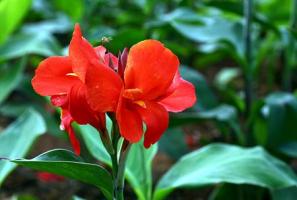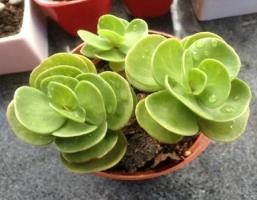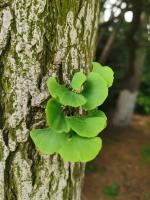Shading and sunscreen are indispensable
Although the temperature has dropped, the weather in early autumn is still dominated by hot and high temperature. The autumn tiger is full of power. At this time, don't remove the sunshade net. Once you get sunburned, you can't save it
Lighting skills
In early autumn, we should shade and sunscreen at noon. In the morning and evening, we can move the orchids out of the room to receive full light. In addition, it can increase the temperature difference and promote flower buds

Timely prevent typhoon and rainstorm
1. Typhoon prevention
Early autumn is a season of frequent typhoons. We should be prepared for prevention. For outdoor orchid cultivation, we should check whether the shading net, ceiling and doors and windows are firm. For indoor orchid cultivation, we should close the doors and windows in time
2. Prevent rainstorm
Typhoon transit is generally accompanied by rainstorm. The orchids on the balcony can be moved indoors in time. For outdoor maintenance, it can directly build a sunshade net, which can effectively buffer the rain, and can be breathable and permeable, which is conducive to the growth of orchids
After a rainstorm, the sun will be very dry. At this time, we must be more ventilated. Otherwise, the soil is stuffy and hot, steamed and boiled, and the orchids are easy to rot

Timely fertilization and flowering are good
When the temperature drops below 30 ℃, fertilization can be considered, and proper fertilization can blossom well
Fertilization techniques
1. Phosphorus and potassium fertilizer can be sprayed on the leaf surface, or organic fertilizer, rotten sheep manure and pigeon manure can be embedded in the plant material. Pay attention to stay away from the root
2. Fertilization is based on the principle of thin fertilizer and frequent application, which can be applied every 10 days in early autumn

Timely replenish water to prevent dryness
The autumn wind blows and dust flies. The climate in autumn is mainly dry. The orchids planted with mud pots and large granular plant materials are easy to dry. It is necessary to replenish water in time to prevent dehydration and drying of leaves
Watering skills
1, watering to see dry and wet, once through, spray water spray on the leaves sooner or later, increasing air humidity. p>
2. For strong growing orchids, water can be properly controlled from August to September to promote flowers, and then watered when the leaves are about to wilt
Note: when raising orchids in cinnabar flowerpots or plastic flowerpots, it is necessary to prevent the soil from being too wet and eating hot rotten roots, especially when the plant material is fine and the air permeability is poor. Open more windows for ventilation after watering each time

Disease, insect and coke prevention tip
Early autumn is the season of high incidence of orchid diseases and insect pests. Anthracnose, white silk disease, scale insects, black spot and so on are more powerful than midsummer. Once infected, the leaves will be scorched and blackened, and the whole plant will rot to death
Once found, the diseased leaves and plants should be cut off and burned immediately. During the onset period, Bordeaux solution or 1000 times diluted methyl tobuzin solution should be sprayed on the leaves every week, and windows should be opened for ventilation to clean up weeds


 how many times do yo...
how many times do yo... how many planted tre...
how many planted tre... how many pine trees ...
how many pine trees ... how many pecan trees...
how many pecan trees... how many plants comp...
how many plants comp... how many plants can ...
how many plants can ... how many plants and ...
how many plants and ... how many pepper plan...
how many pepper plan...
































